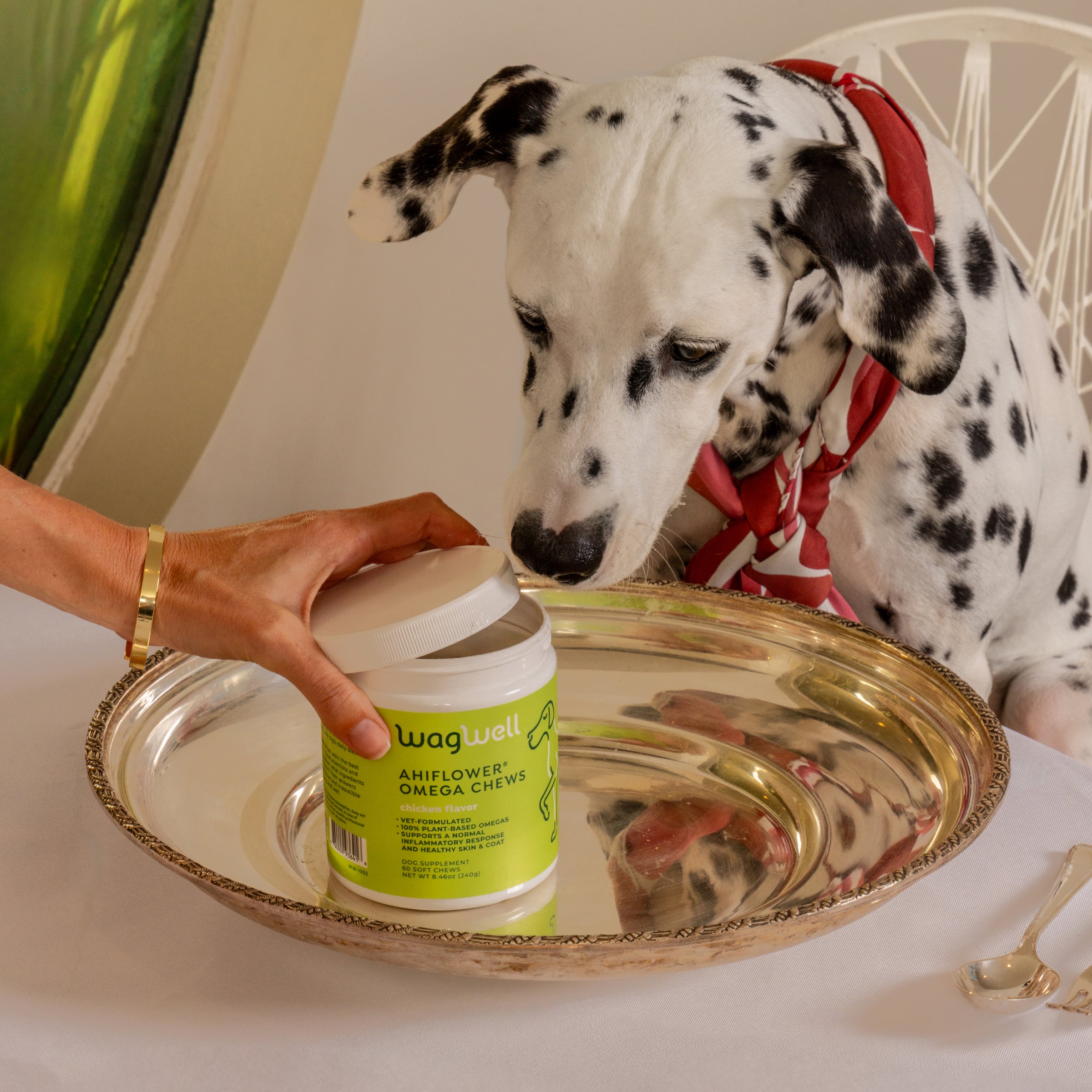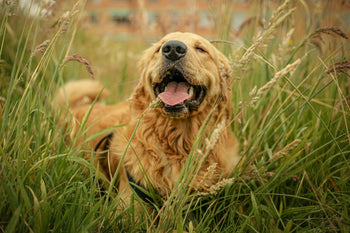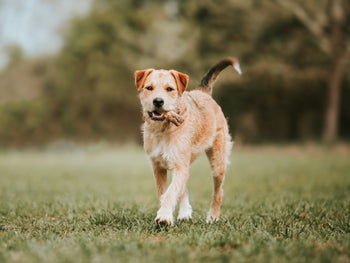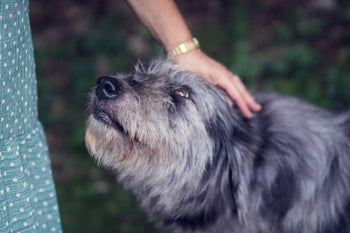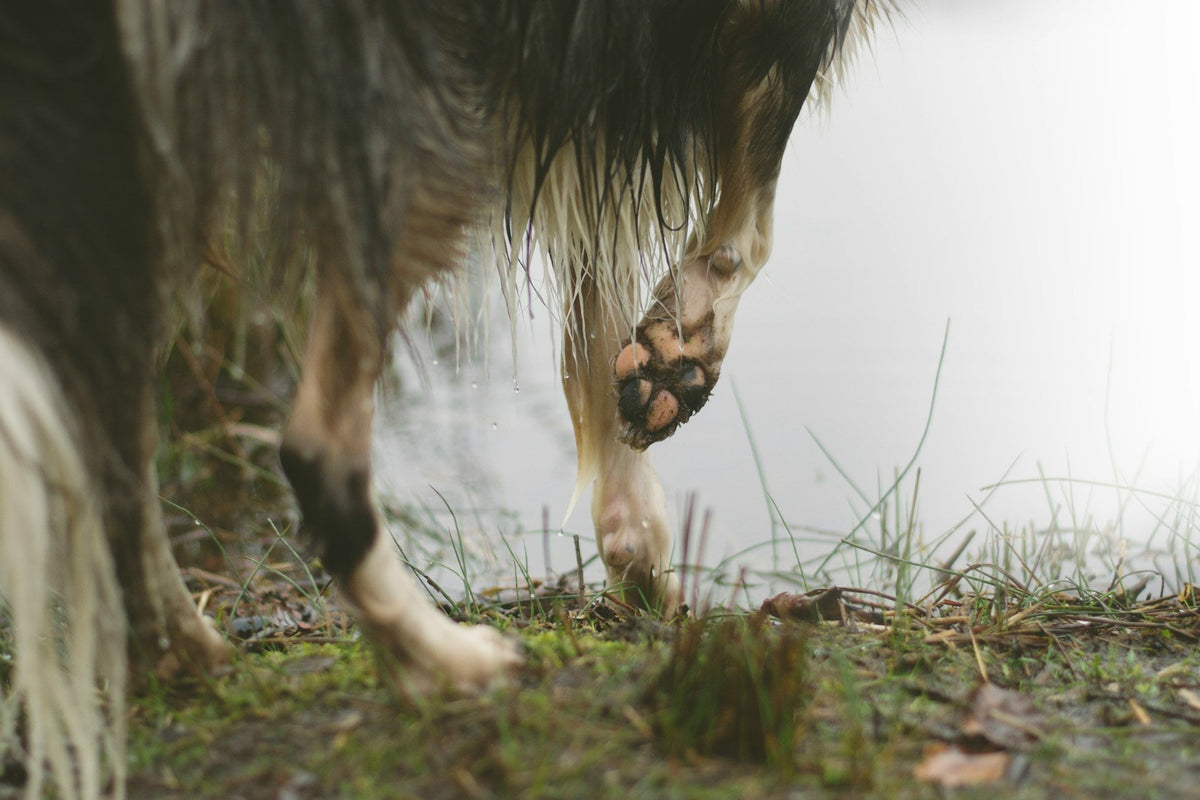

Our dogs live active lives, and their paws play a crucial role in every adventure they embark on. From brisk morning walks to runs in the park, a dog's paws support their every step and serve as a gauge for overall health. This guide dives into common issues that could affect your dog's paws and provides practical advice for maintaining and treating an essential part of your dog's anatomy.
The Importance of Paw Health
The paws are the first point of contact between your dog and the world. They bear the full weight of your dog's body, absorb shock with every step, and provide essential traction and stability. This is not merely a matter of comfort--it's critical to your dog's overall health. Over time, neglected paw care can lead to chronic pain, joint issues, and infections that may affect mobility. Maintaining strong, healthy paws is vital for preventing long-term damage.
Regular care, including inspection and cleaning, helps prevent minor irritations from developing into severe conditions. Additionally, the paw pads serve as an early warning system, signaling health issues that might otherwise go unnoticed. Recognizing changes in paw appearance can lead to prompt diagnosis and treatment fo underlying health problems.
Signs to Look Out For
Dogs may not vocalize their discomfort, so it's important to observe subtle behavioral and physical signs. When your dog is experiencing paw discomfort, you might notice:
- Altered Gait: Limping, reluctance to walk, or favoring one paw are strong indicators of pain.
- Excessive Grooming: Increased licking, biting, or chewing at the paws can signal irritation or pain.
- Visible Changes: Look for redness, swelling, or any unusual coloration around the paw pads or between the toes.
- Skin Texture Changes: Cracks, peeling, or dryness in the paw pads might suggest chronic irritation or exposure to harmful substances.
- Odor: A foul smell can indicate bacterial buildup or fungal infections, which often develop from untreated wounds or persistent moisture.
Noticing these signs early is key. If discomfort persists, consulting a veterinarian can help identify whether the issue is due to an injury, infection, or a more systemic problem.
Allergies
Allergies and skin issues are common problems that can lead to significant discomfort in your dog's paws. Allergic reactions may be triggered by environmental factors, food, or even contact with certain cleaning products. The result is often chronic inflammation that can lead to:
- Persistent Itching: Dogs with allergic reactions might lick or chew their paws excessively, leading to secondary skin damage.
- Inflammation: Red, swollen patches are common, especially if the skin has been irritated repeatedly.
- Hot Spots: These are localized areas of intense inflammation that develop when a dog's constant licking damages the skin, creating an entry point for bacteria.
- Dry, Flaky Skin: This condition, sometimes similar to dandruff, can result from a lack of moisture or an adverse reaction to environmental allergens.
Addressing these issues typically requires a multipronged approach. Dietary adjustments—such as incorporating omega-3 fatty acids—can improve skin health, while hypoallergenic shampoos may reduce irritation. In some extreme cases, your vet might recommend antihistamines or other medications to control the allergic response.
Infections
Infections are a serious concern to paw health because they can quickly escalate from minor irritations to conditions that require intensive treatment. The three primary types of infections affecting dog paws are bacterial, fungal, and yeast infections.
- Bacterial Infections: Often develop from cuts, abrasions, or areas where the skin has been compromised by excessive licking. Symptoms include swelling, pus formation, and a noticeable odor. These infections typically require a course of antibiotics prescribed by a veterinarian.
- Fungal Infections: These occur in moist environments, where the skin becomes a breeding ground for fungi. Fungal infections can lead to red, irritated, and sometimes scaly patches, particularly in areas where moisture is trapped between the toes.
- Yeast Infections: Characterized by discolored skin (often brownish) and a musty odor, yeast infections are common in dogs with underlying allergies or immune system issues.
The key to preventing infections is maintaining clean and dry paws. After walks or exposure to moisture, use a clean towel or a pet-safe wipe to remove dirt and dampness. If you suspect an infection, prompt veterinary treatment is crucial to prevent further spread.

Environmental Causes
Your dog's environment plays a significant role in paw health. Outdoor surfaces, weather conditions, and even household chemicals can all impact the integrity of your dog's paws.
During hot summer months, pavement can become extremely hot–sometimes exceeding safe temperatures for a dog's pads. Burns and blisters from hot surfaces can occur quickly, causing significant pain and leading to secondary infections if not properly managed.
In the winter, salt, de-icing chemicals, and snow can create a harsh environment for delicate paw skin. Salt can lead to drying and cracking, while de-icing chemicals may be toxic if ingested.
To mitigate these risks:
- Pre-Walk Protection: Apply WagWell's Paw Protector to your dog's paws before heading out. This creates a barrier to protect against both heat and chemicals.
- Season Gear: Consider using dog booties during extreme weather. Booties can provide further protection against burns, salt, and the cold.
- Post-Walk Care: Thoroughly rinse and dry your dog's paws after outdoor activities to remove any harmful residues.
Parasites
Parasites pose a significant risk to paw health, especially for dogs that spend a lot of time outdoors. Small but harmful, these parasites can attach themselves to the paws, leading to discomfort and even more serious health issues.
Ticks are the most common parasite to be found on a dog's paws. These arachnids not only cause localized irritation but can also transmit dangerous diseases such as Lyme disease. Routine checks after walks are essential to catch and remove ticks before they embed.
Fungal infections such as ringworm, despite being mislabeled as a worm, are another concern. Ringworm appears as circular patches of hair loss and scaly skin and is highly contagious–it may even spread to you. If you suspect ringworm, it's important to consult your vet for appropriate treatment.
Mites, though microscopic, can lead to sever itching and skin irritation. Mite infestations, such as those that cause mange, result in scaly, inflamed skin and can lead to secondary infections if not treats properly.
Cuts and Abrasions
Even minor injuries can lead to significant issues if they are not properly addressed. Dog paws are particularly vulnerable to cuts and abrasions from rough terrain, sharp objects, or even overgrown nails. These injuries might seem small at first but can become serious if bacteria gain access to the open wound.
When your dog sustains a cut or abrasion:
- Immediate Cleaning: Rinse the wound with clean water to remove any debris. Use a mild antiseptic to reduce the risk of infection.
- Protect the Wound: Consider covering the injury with a pet-safe bandage. This protects the wound from dirt and further injury as it heals.
- Prevent Licking: Use an Elizabethan collar (or alternative barrier, I like to use booties) to prevent your dog from licking the wound excessively, as saliva can introduce bad bacteria.
Monitor the injury closely over the next few days. If you observe increased redness, swelling, or discharge, or if the injury does not begin to heal within a reasonable timeframe, consult your vet immediately.
Maintaining Good Paw Health

Long-term paw care involved both proactive maintenance and timely treatment when issues arise. Here are some actionable steps to ensure your dog's paws remain healthy:
- Routine Inspections: Incorporate a regular paw inspection into your grooming routine. Look for signs of dryness, cuts, or foreign objects that might be lodged between the toes.
- Cleaning After Walks: Wipe or rinse your dog's paws after every outdoor excursion. This removes harmful chemicals, allergens, and debris.
- Nail Maintenance: Regularly trim your dog's nails to prevent overgrowth, which can alter their gait and cause discomfort.
- Use of Protective Products: Invest in WagWell's Paw Protector to moisturize and protect the pads. In harsh weather conditions, consider protective booties to provide an extra layer of defense.
By adopting these practices, you create a strong defense against both minor irritations and more severe health issues. Regular attention ensures your dog's comfort and builds a foundation for long-term mobility and overall health.
Regular inspection and proactive care–including cleaning, nail trimming, and use of protective products–are essential to prevent and address injuries and infections in your dog's paws.
Environmental hazards such as hot pavement, de-icing chemicals, and parasites can damage paws, making prevention measures like WagWell's Paw Protector and post-walk rinsing critical.
Allergies and skin issues can lead ot chronic discomfort and secondary infections, so managing your dog's diet and seeking veterinary advice when necessary are key to maintaining overall paw health.
